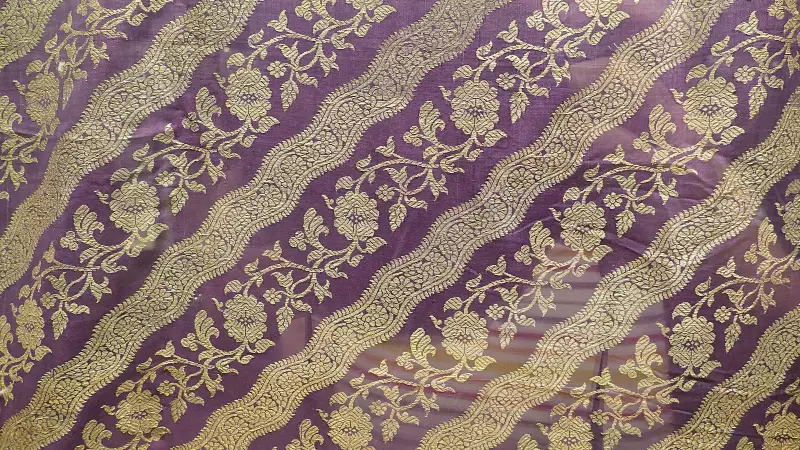
In the bustling streets of New York City, a quiet fashion revolution is unfolding. The traditional Indian sari, once confined to ethnic celebrations and family gatherings, is now making bold appearances in corporate boardrooms, art galleries, and high-end restaurants across the metropolis.
The Sari's New York Takeover
What began as occasional sightings during cultural events has evolved into a mainstream fashion phenomenon. Indian women in New York are increasingly choosing to wear saris not just as cultural statements but as expressions of personal style and professional identity. The six-yard fabric is shedding its 'occasion-only' label to become everyday wear that commands attention and respect.
More Than Just Fabric: The Sari as Identity
The sari's growing popularity in international fashion capitals like New York represents something deeper than mere aesthetic appeal. For the Indian diaspora, it has become a powerful tool for cultural assertion and identity preservation. In a city known for its diversity, the sari stands out as both a connection to roots and a statement of global citizenship.
From Tradition to Contemporary Chic
Modern designers and fashion-forward women are reimagining the sari for the global stage. The traditional drape is being paired with contemporary blouses, experimental fabrics, and innovative accessories that bridge the gap between heritage and modernity. This fusion approach has made the sari accessible and appealing to younger generations while maintaining its cultural significance.
The Business of Sari: Economic and Cultural Impact
The sari's international appeal is creating new economic opportunities for Indian designers, weavers, and textile artisans. As global demand grows, traditional craftsmanship is finding new markets and recognition. This economic dimension adds another layer to the sari's journey from regional attire to global fashion statement.
What makes this transformation particularly remarkable is how organically it has occurred. Unlike many fashion trends that are manufactured by design houses, the sari's global rise has been largely driven by everyday women choosing to wear their heritage with pride in their international lives.
The sari in New York represents more than just clothing—it's a mobile, wearable piece of cultural heritage that adapts, evolves, and thrives in global contexts. As it continues to grace international streets and spaces, it carries forward centuries of tradition while writing new chapters in the story of Indian fashion on the world stage.





